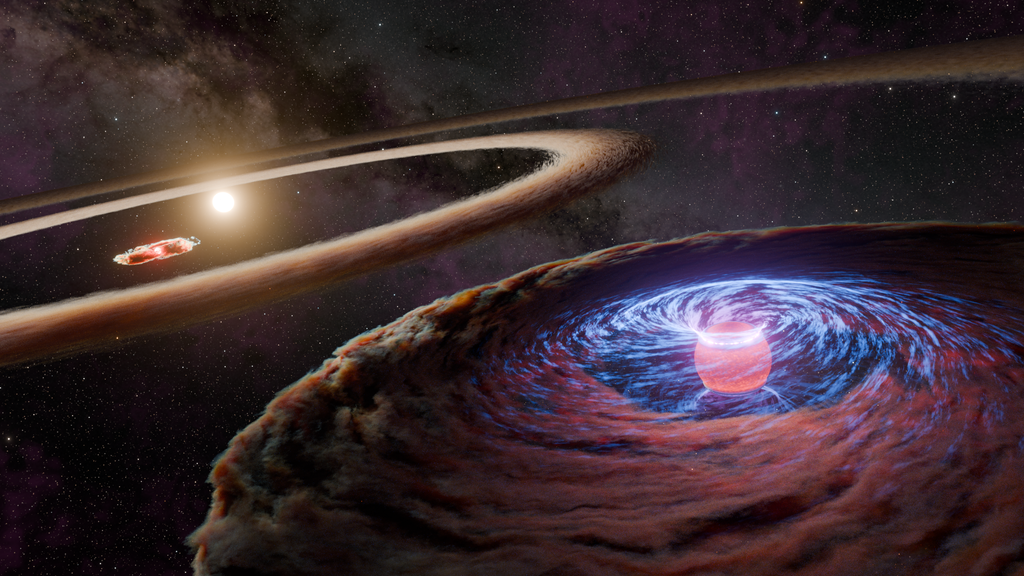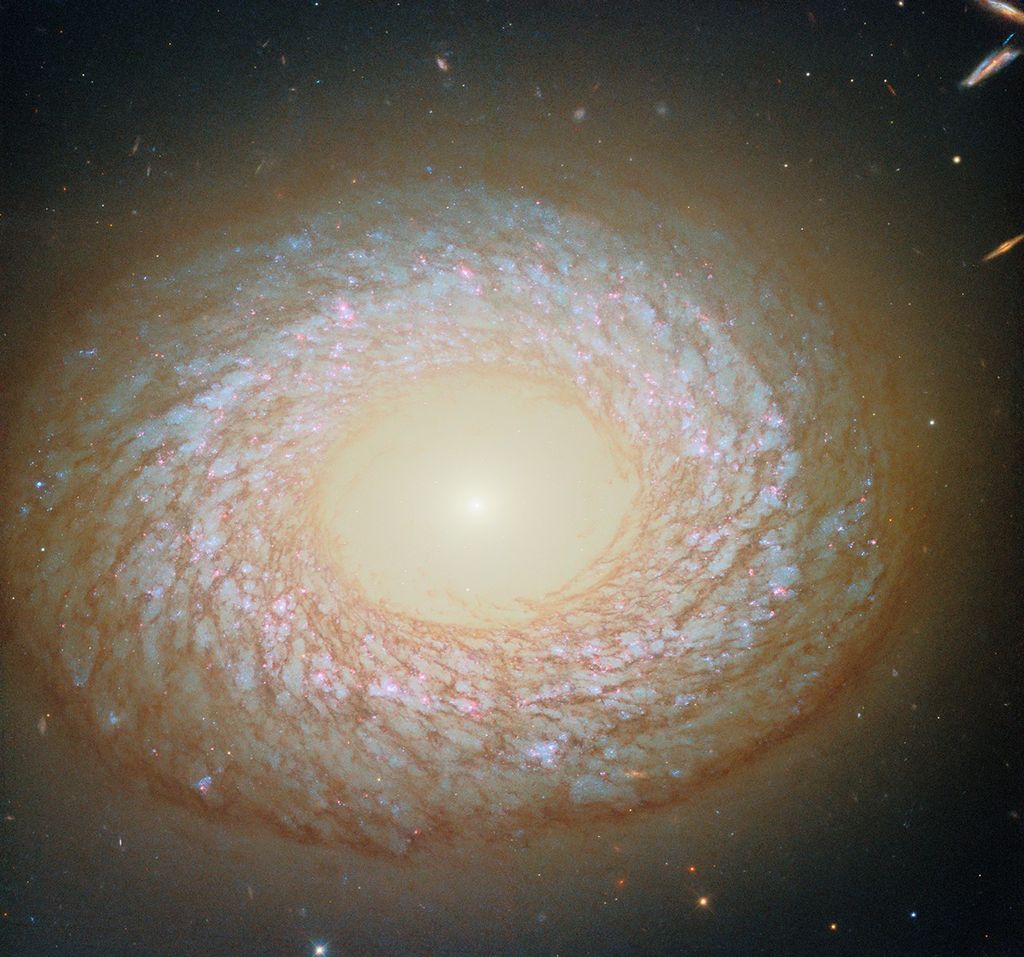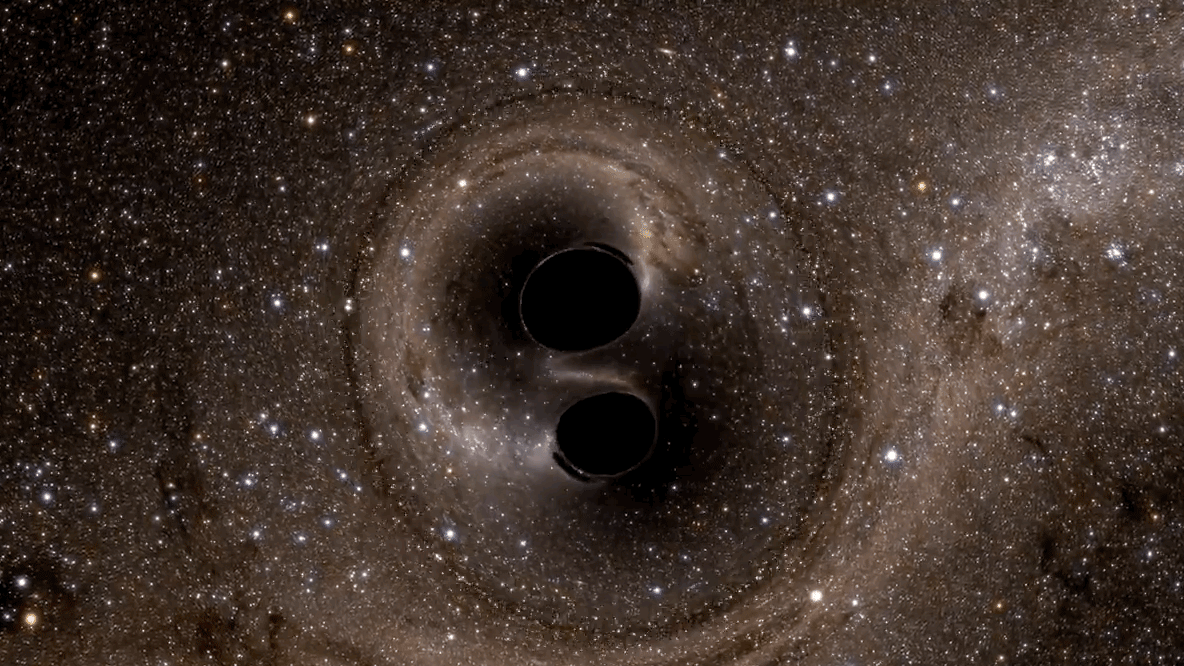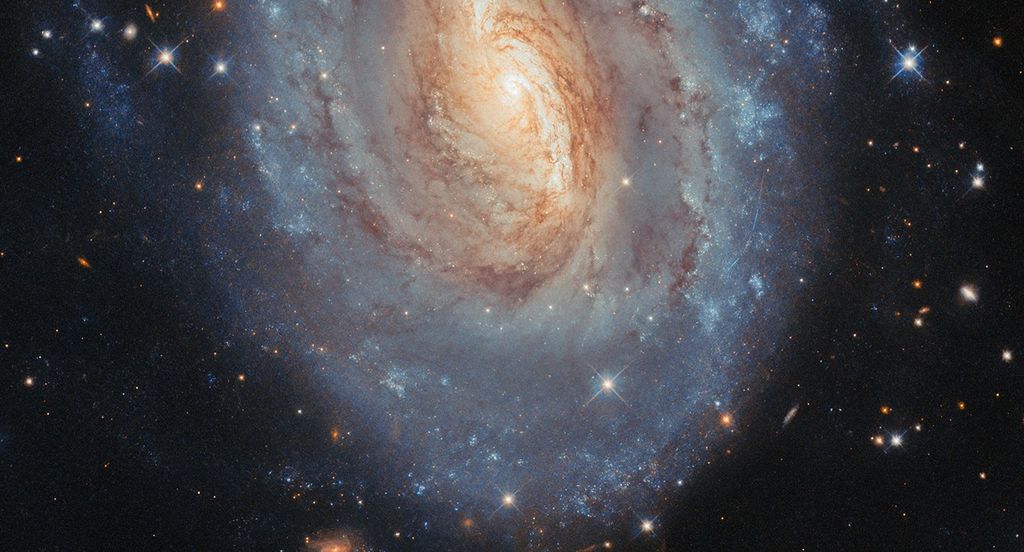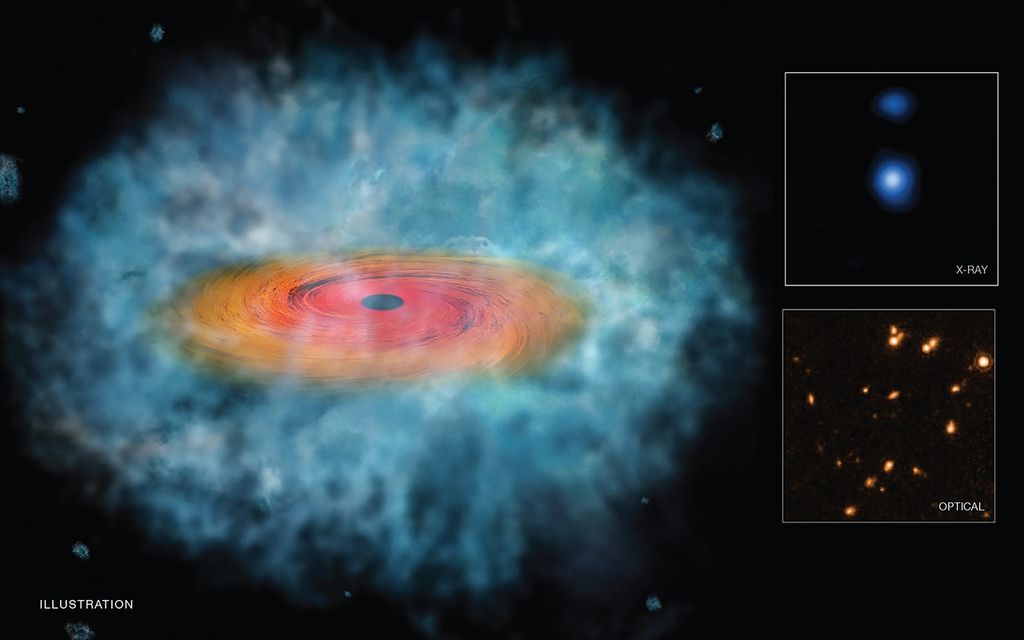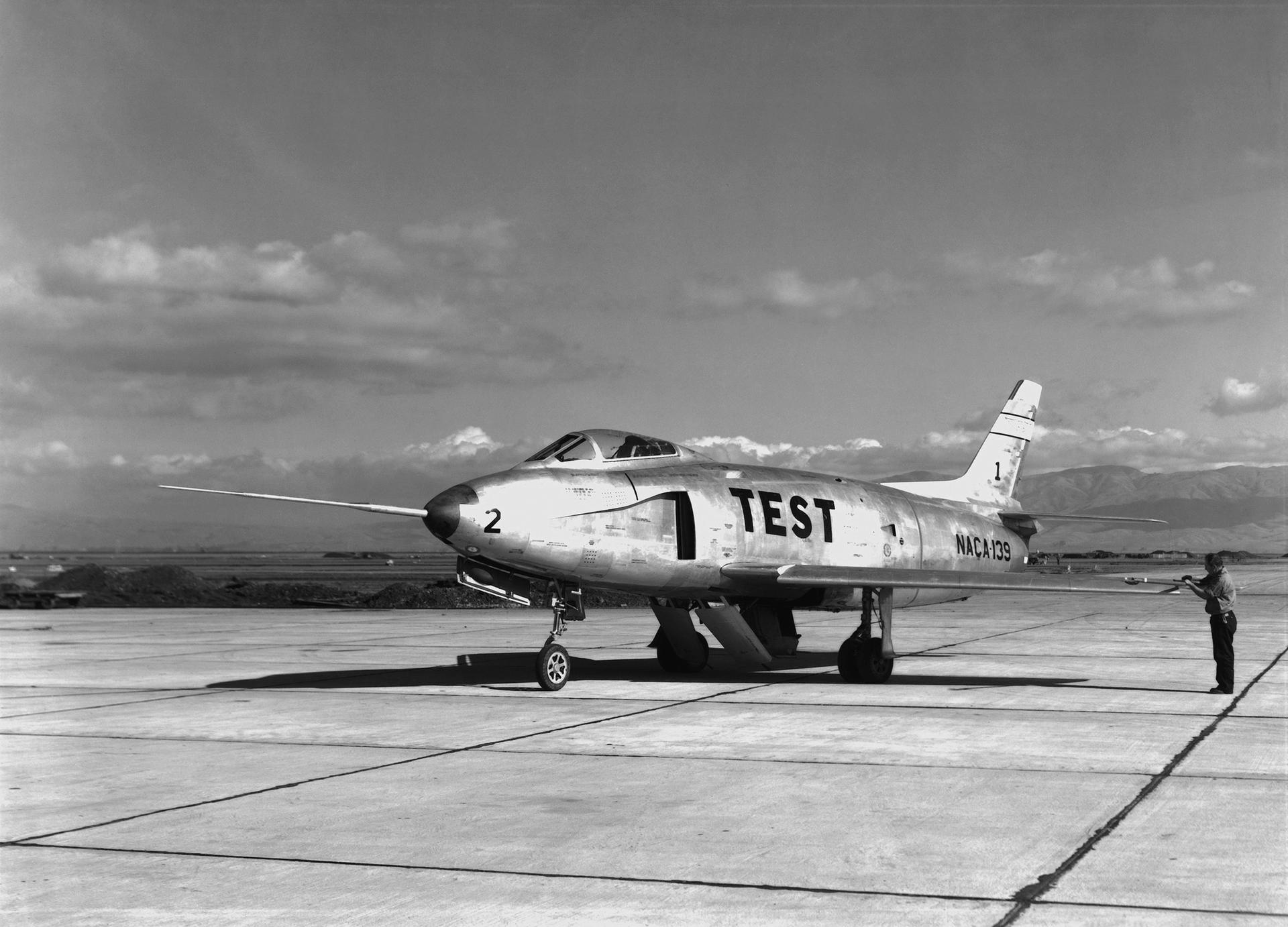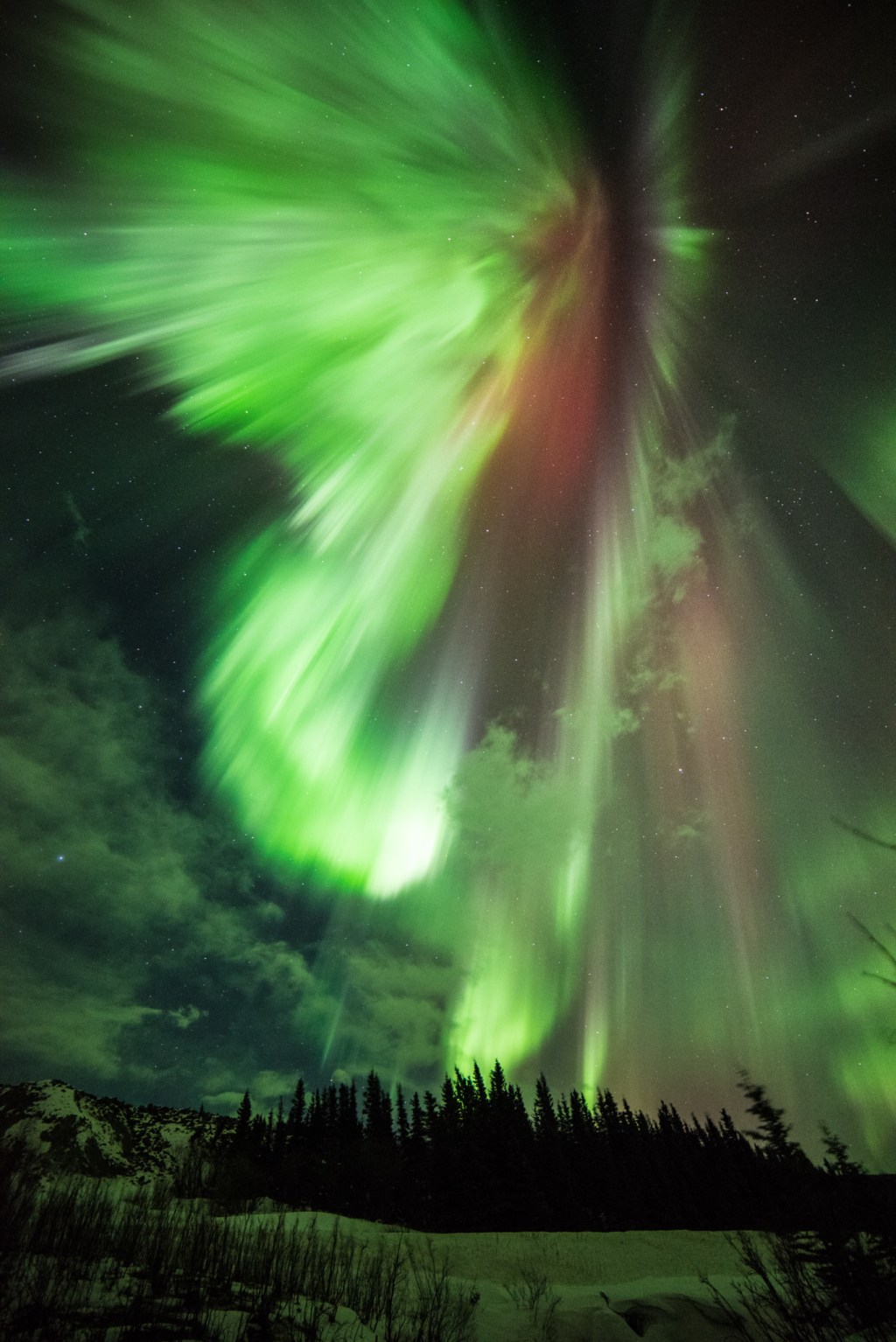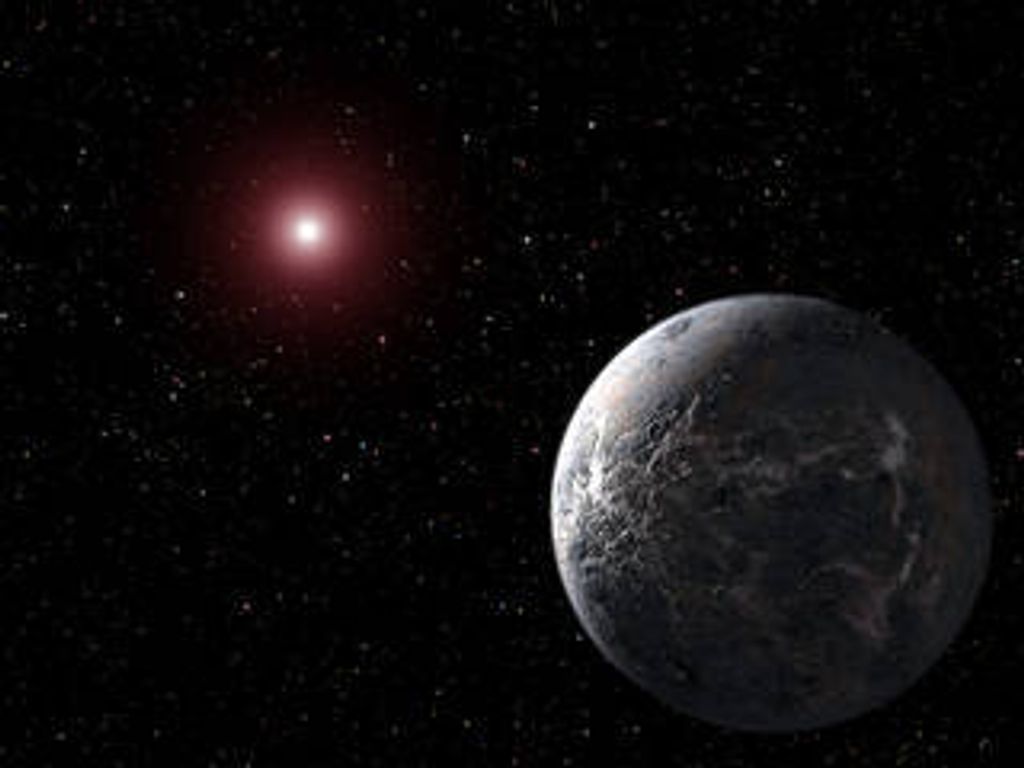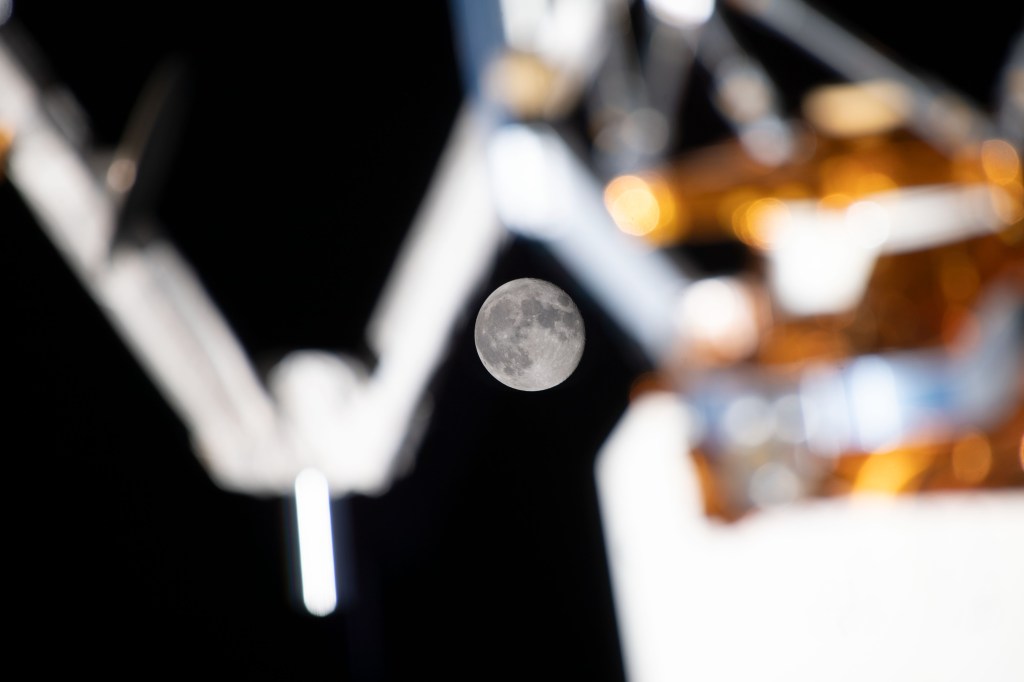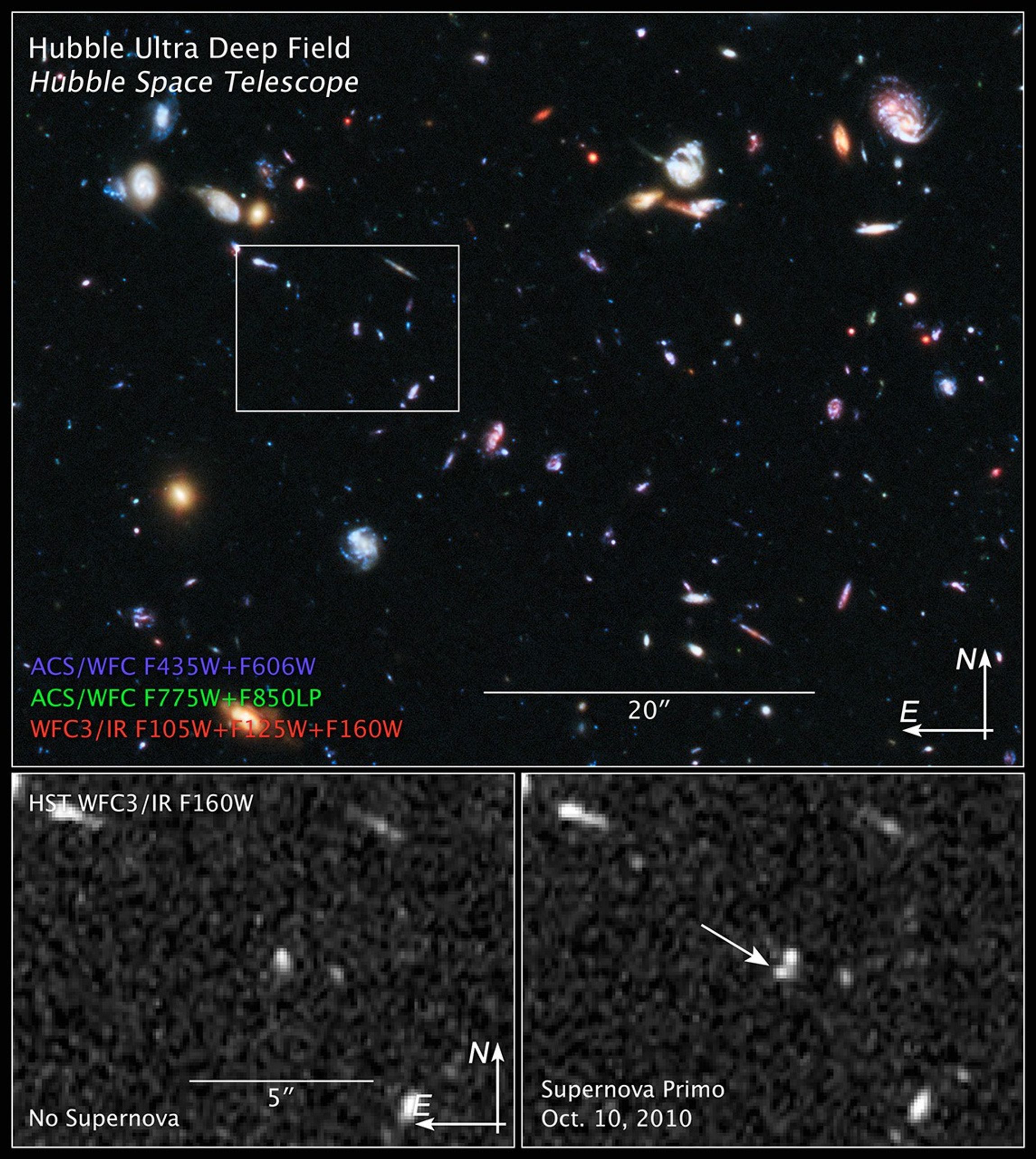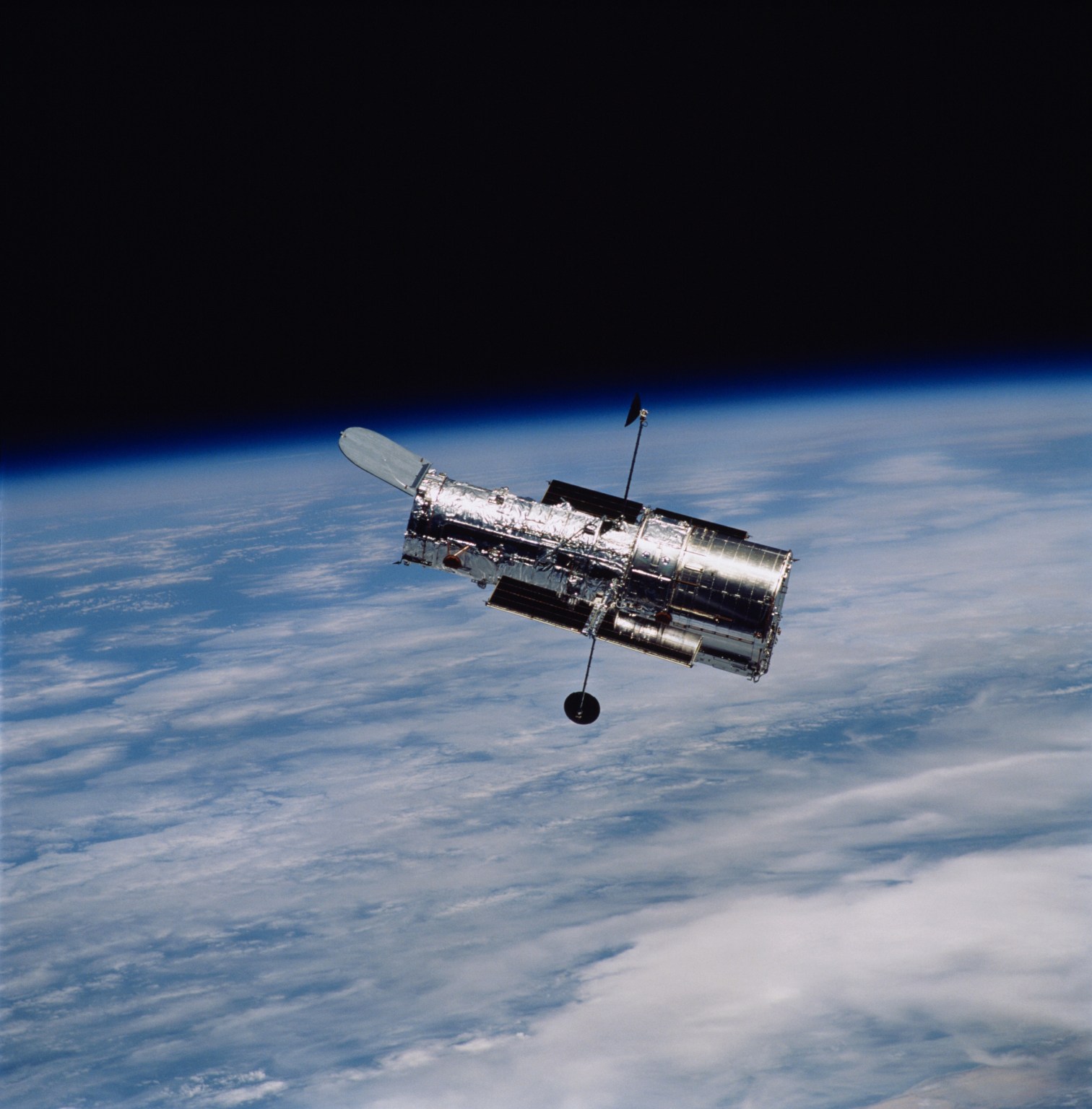1 min read
HST WFC3 F160W Image without SN

About the Object
- R.A. PositionR.A. PositionRight ascension – analogous to longitude – is one component of an object's position.03h 32m 38.01s
- Dec. PositionDec. PositionDeclination – analogous to latitude – is one component of an object's position.-27° 46' 39.08"
- ConstellationConstellationOne of 88 recognized regions of the celestial sphere in which the object appears.Fornax
- DistanceDistanceThe physical distance from Earth to the astronomical object. Distances within our solar system are usually measured in Astronomical Units (AU). Distances between stars are usually measured in light-years. Interstellar distances can also be measured in parsecs.Redshift: z=1.55
About the Data
- Data DescriptionData DescriptionProposal: A description of the observations, their scientific justification, and the links to the data available in the science archive.
Science Team: The astronomers who planned the observations and analyzed the data. "PI" refers to the Principal Investigator. - InstrumentInstrumentThe science instrument used to produce the data.HST>WFC3/IR
- Exposure DatesExposure DatesThe date(s) that the telescope made its observations and the total exposure time.Data used in these images were taken in 2010 and 2011.
- FiltersFiltersThe camera filters that were used in the science observations.WFC3/IR: F160W (H)
- Object NameObject NameA name or catalog number that astronomers use to identify an astronomical object.Supernova Primo
- Object DescriptionObject DescriptionThe type of astronomical object.Type Ia Supernova in the CANDELS GOODS HUDF Region
- Release DateJanuary 11, 2012
- Science ReleaseNASA’s Hubble Breaks New Ground with Distant Supernova Discovery
- Credit
Related Images & Videos
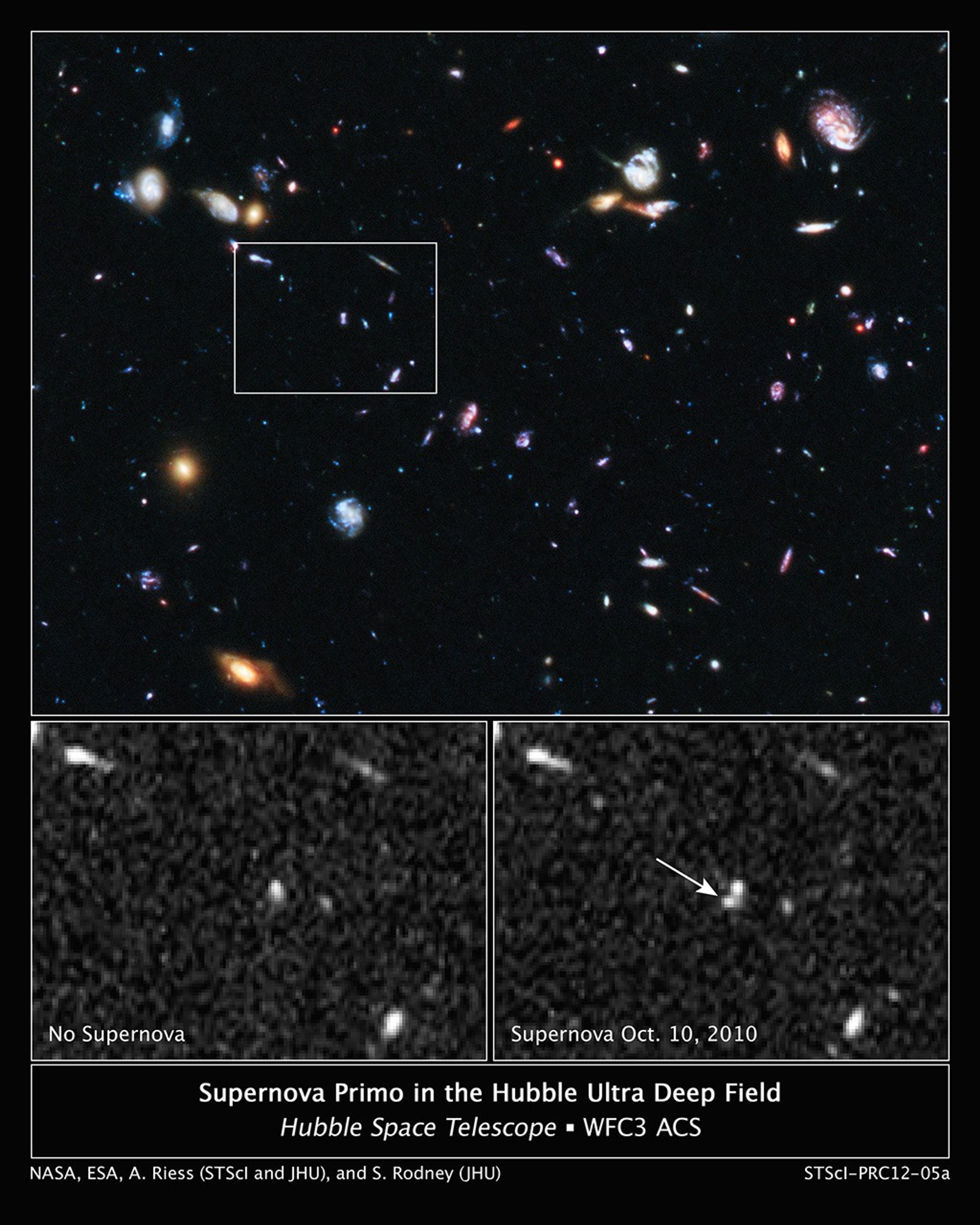
Hubble Snags One of the Farthest Exploding Stars
These three images taken by NASA's Hubble Space Telescope reveal the emergence of an exploding star, called a supernova. Nicknamed SN Primo, the exploding star belongs to a special class called Type Ia supernovae, which are distance markers used for studying dark energy and the...

Hubble Ultra Deep Field Continues to Tell the Unfolding Story of the Universe
Beginning in 2004, the Hubble Space Telescope has observed a spot in the sky known as the Hubble Ultra Deep Field (HUDF) many times. The extremely deep and detailed cumulative exposure reveals some of the faintest objects ever detected, some of which turn out also to be among...
Share
Details
Last Updated
Aug 17, 2025
Contact
Media
Claire Andreoli
NASA’s Goddard Space Flight Center
Greenbelt, Maryland
claire.andreoli@nasa.gov

